TS&SS: 01
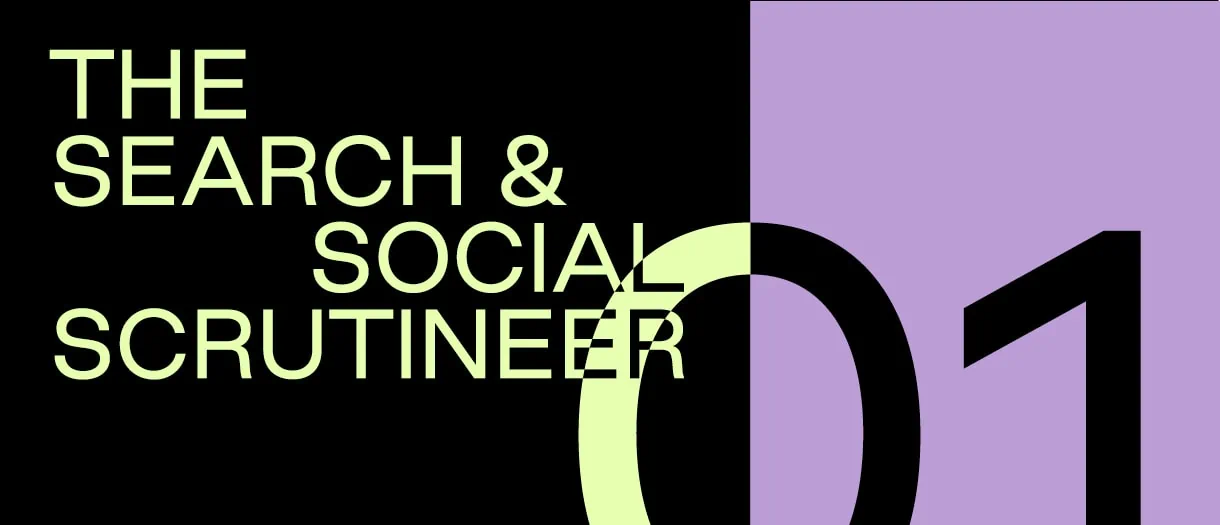
Summary
In this edition: Google’s new ad features for small businesses and hotels, YouTube’s ad packages targeting Gen Z, Meta’s move to leverage Direct Messaging,
and more from emerging advertising platforms such as Reddit, TikTok and Microsoft Ads.
A semi-annual survey of salient sundries and statistics supporting scalable, saleable strategies for small- to super-sized shops, syndicates and service-providers
Welcome to the Search & Social Scrutineer, Goods & Services Branding’s regular roundup of all the changes, updates and improvements that you need to know about in the ever-evolving world of paid and organic search and social media. As you probably already know, A LOT changes in these channels, so feel free to use this handy contents list to get to the heart of what interests you most:
- Google Ads, Analytics & Search
- YouTube
- Meta: Facebook, Instagram
- Microsoft Ads (yes, that’s a thing)
- TikTok
- Reddit Ads
Still stumped after reading this? Give us a shout—our strategists are here to help you sort it out!
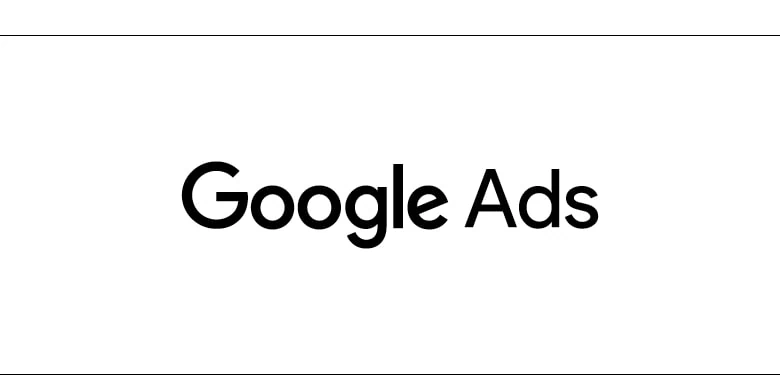
1. GOOGLE ADS, ANALYTICS & SEARCH
Google makes it easier to acquire new customers
You can now choose to bid higher if there are potential new customers in your audience—or bid exclusively for new customers only. Available for Performance Max and Search campaigns, you can expect improved performance, a higher share of new customer conversions and efficient budget utilization, all with an easy setup.
Reach audiences looking to travel
Google has expanded their Performance Max campaign type to cater specifically to businesses in the hotel industry. You can boost your online presence and drive more bookings with Performance Max for Travel Goals.
Powered by AI, hotels can create campaigns that automatically serve relevant ads across Google channels such as Maps, Search and YouTube. It helps expand your reach, increasing direct bookings.
The tool also provides valuable insights and recommendations tailored specifically for the travel industry, helping to maximize your return on investment. To get started, check out Google’s onboarding guide.
No more Similar Audiences
In a move to transition away from using cookie-tracking, Google will no longer serve Similar Audiences as an audience list. Instead, leveraging AI and machine learning, its new automated solutions can help you connect with relevant audiences while respecting privacy concerns. These automated solutions offer optimized targeting for Discovery, Display and Video campaigns, along with audience expansion for broader reach, and Smart Bidding for Search and Shopping campaigns.
Starting August 2023, Similar Audience segments will be removed from your existing campaigns; you’ll still have access to historical reporting data, though.
New enhanced features on Discovery Ads
Discovery Ads reach people through YouTube, Gmail promotions and on social feeds. In some cases, combining Discovery with Search ads increases conversions by 12%.
Google has improved Discovery Ads, with the goal of helping your business grow:
- You can show your audience items based on their interests and intent. Specifically, retailers can use lifestyle images and short text with their Google Merchant Center catalog to deliver more relevant ads.
- What’s more, you can pair them with your Video campaigns to drive deeper consideration and engagement with consumers who are exploring content on YouTube.
- It also offers product-level reporting, so advertisers can track how their Google Merchant Center catalogue items are performing in product feeds, with metrics such as impressions or clicks.
Expanding Local Services ads to more types of neighbourhood business
Of interest to small businesses, Google has expanded its Local Services Ads offering to more types of businesses. With these ads, your business can advertise the services that your customers are looking for at the top of Google Search results—driving phone calls, messages or appointment bookings.
Previously, Local Services were limited to home services (such as cleaning services, electricians, flooring contractors, etc.) and professional services (including lawyers, financial planners and real estate agents). Now, the new verticals include education (driving or dance instructors, preschool, tutors, etc.), child care, funeral homes, pet care (including vets, adoption and grooming), wellness providers and dental care.
And more:
- Did you know about “My ad centre” on Google? When you see an ad, clicking the three dots next to an ad brings up a snapshot of “My ad centre.” For verified advertisers (and after July 2023, for all advertisers), you can then see all of their ads. This is a great way to see the ads run by your competitors.
- Once you’re a verified advertiser, you can show your business’s name and logo on Google Search Ads. This means you can embellish your ad with your name and logo, increasing your credibility among your audience. You can manually add a business name and logo to each campaign under the “Assets” tab.
- Have you switched over to GA4? Need help figuring out the new and advanced Google Analytics platform? Read our article to learn how to leverage its power—or get in touch with us.
- On March 16, 2023, Google performed a core update to its search and ranking algorithm. If you saw a drop in traffic from search or a drop in website ranking, this might be why. Google would’ve taken a while after that to fully re-crawl your website, but it should be up to its usual levels by now. Watch your site’s organic search traffic and keyword rankings, as these metrics will help you gauge the update’s impact and identify potential areas for improvement.
- Help your audience make purchasing decisions more easily with Google’s option to add shipping information to your ads. To display shipping and return details in product search results, add this information using structured data markup, similar to how product details are marked up. Alternatively, if you submit product information to Google through the Merchant Center, Google will automatically use the Shipping & Returns information provided.
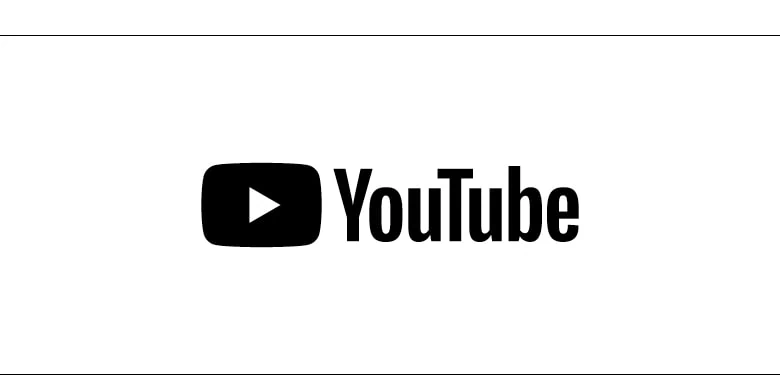
2. YOUTUBE
YouTube is more than just a popular video-viewing platform; it’s also the world’s second-largest search engine (or third-largest, depending on who you ask—either way, that’s still pretty impressive). And, with Google constantly making YouTube a better advertising and engagement platform, we recommend considering it as a great option to complement your paid search campaigns.
Show your ads on Shorts
YouTube Shorts, Google’s answer to TikTok and Meta’s Reels, has been around for a while but has recently picked up prominence. It crossed 50 billion daily views in 2023 (it was at 30 billion in 2022).
You can now advertise on YouTube Shorts and manage the campaign through Google Ads. All you have to do is upload a 60-second (or shorter) vertical video along with your other assets. If you’d prefer to use existing horizontal creative, YouTube’s campaign setup tools include AI-powered features that automatically adapt and optimize your videos for the vertical screen.
Add multi-language audio tracks to your videos
YouTube has introduced the capability to add multi-language audio tracks to your videos. So instead of creating two or more versions of your videos for different languages, you can now simply upload another audio track.
For viewers, multi-language audio means they can now watch videos dubbed in their primary language, introducing them to even more content that they otherwise may not have seen. For creators, it presents an opportunity to find a new audience and expand globally. According to TechCrunch, early testing showed that over 15% of a video’s watch time came from viewers watching it in a different language.
Targeting Gen Z through music
Need to reach Gen Z, who make up 83% of the audience on YouTube? They’re mostly watching music videos or listening to music—nearly 93% of all watched content related to music
YouTube has made it slightly easier to reach Gen Z, with the addition of two new music ad solutions: Gen Z Music package and a pilot of Trending Music on Shorts. Powered by AI, your ads can be placed on Gen Z’s most popular music videos for higher visibility.
And more:
- People prefer listening to podcasts through YouTube, according to a survey by Voices. And YouTube now makes it easier to create podcasts through YouTube Studio; new options include focusing on podcasts specifically in the app, with improved upload processes and dedicated tools to help separate your podcast uploads from your video clips.
- You can now create audio ad campaigns through Google, reaching audiences listening to music or podcasts through YouTube. These ads should be a maximum of 15 seconds; you must upload the audio as a video on YouTube first and then link it while creating the ads. Learn more.
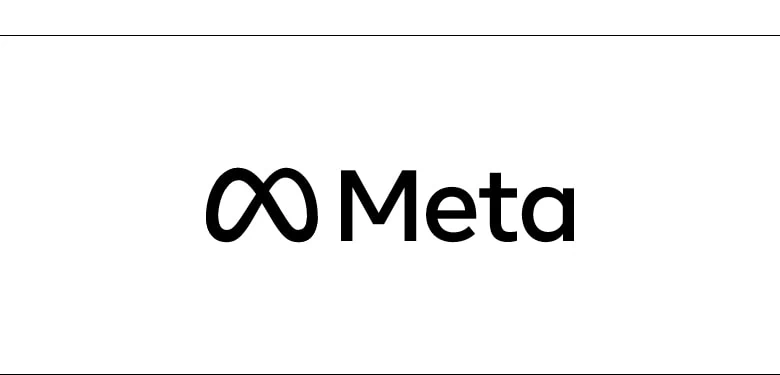
3. META: FACEBOOK, INSTAGRAM
Keep your audience updated through Direct Messaging
Meta is introducing Broadcast Channels, a new way creators can reach fans and audiences through Direct Messaging, keeping them updated with news, announcements and more.
Kicking off on Instagram first, broadcast channels are a public, one-to-many messaging tool, to which followers can opt in. This allows the creator to send messages, and the followers can read, react or engage in polls. It will roll out on Facebook and Messenger in the coming months.
Over the coming months, Meta also has plans to develop access to the Messenger inbox within the Facebook app, with private messaging gaining prominence, both to build community and as a form of instant communication. To make it easier to share Facebook content, they’ll be re-integrating the two, so that people don’t have to switch between two apps.
Instagram Reels updates
In April, Instagram upgraded some of its Reels features and analytics to make it easier for professional creators and businesses to use the app. These updates include:
- You can see trends in the most popular audio tracks and hashtags in Reels Trends on your Professional Dashboard.
- You can now plan your content better, using insights into total and average watch time for Reels.
- You’ll get notifications that alert you when someone follows your account based on your Reels content specifically.
- Plus, there’s a new single-screen Reels editing flow that will incorporate video, stickers, text and audio track editing (similar to CapCut).
- The full length of a Reel can now play in Instagram Stories. Previously, Reels would cut off at the 15-second mark in Stories; now, Reels can play for up to 60 seconds in Stories.
Threads
It’s here! Posts up to 500 characters. Videos up to five minutes. Deeper dives, better engagement. Get on it! (And watch this space for updates as we take it for a test drive and get used to what it can do.)
And more:
- Facebook Creator Studio has merged with the Meta Business Suite. This is better than before—you can now access insights, Ads Manager and monetization tools all from the Business Suite, rather than using two different pages.
- On Facebook, you can no longer host Shop Ads that take buyers to a third-party website. Your brand will either have to run a fully enabled shop in-app—or not run Shop ads at all.
- Instagram sunsetted the live shopping feature in March of 2023, which means you can no longer tag products in live broadcasts on Instagram.
- Your Facebook Reels can now be between 60 to 90 seconds.
- You can now include up to five links in your Instagram bio. This is a welcome upgrade from the singular link you could put up before—which also means you can stop paying for link-in-bio tools and instead switch to using this new feature.
- Over on Instagram, reminder ads rolled out this spring. With this new ad type, you can announce, remind and notify people of future events or launches that they might be interested in. People can opt into receiving these reminders, and get three notifications from Instagram: one day before, 15 minutes before and at the time of the event.
- Almost 15% of shoppers begin their online shopping search on Instagram, according to Hootsuite in 2022. In the coming months, Instagram will roll out ads that will display in search results. This is aimed at reaching audiences who perform searches on the app, as they look for businesses, products or content. Ads will show up in the feed that people can scroll when they tap into a post from search results.
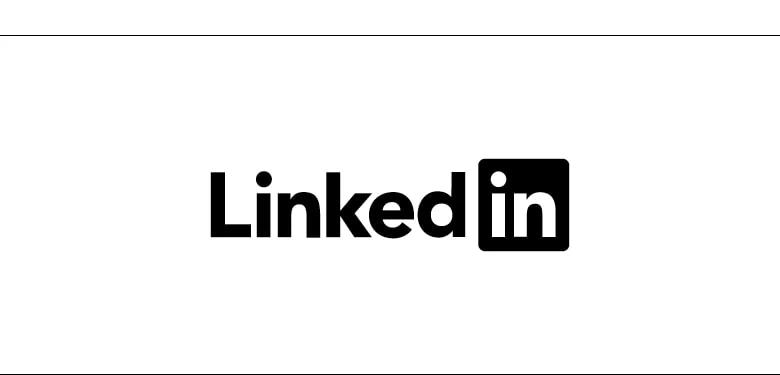
4. LINKEDIN
- This one’s for the social media account managers: You can now schedule your LinkedIn posts up to three months in advance. However, once you schedule the post, you can’t edit it, only reschedule or delete it.
- And this one’s for the hiring managers: LinkedIn is integrating AI features to save your time, the latest in this development being to write job descriptions faster. When you’re setting up a job post, just enter the job title and let AI draft a description of the skills and responsibilities required. You can even choose someone who already has this job title to use their skills as a reference. Then, simply edit to suit your specific requirements.
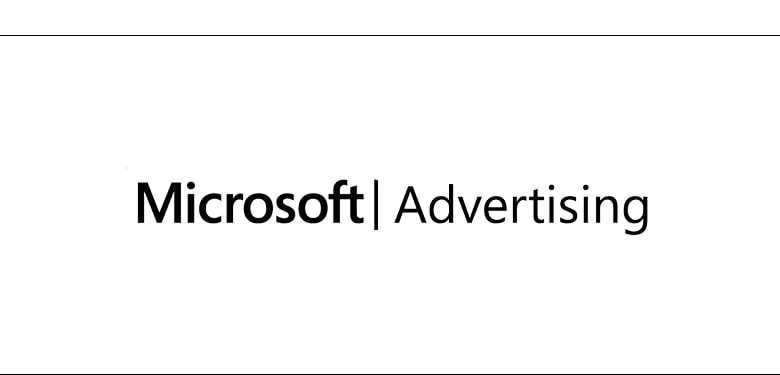
5. MICROSOFT ADS
Microsoft Advertising generated around US$11.59 billion in revenue from search ads in 2022, according to Statista. That number is bound to go up this year, considering the slew of new features recently announced that enhance their ads offering, coming up as a competitor against Google:
- Introducing broad match keywords, which means you don’t have to build keyword lists anymore. All broad match modifier keywords for search ads now serve as broad match keywords instead of phrase match. This will help your ads reach people who search for related keywords, even if the targeted term doesn’t appear in the search query.
- Professional Services Ads are now available globally, across more industries, including insurance, real estate, doctors and clinics, tax services, and home services. This is a big development for agents, advisors and consultants; you can now include more information in your ads, such as a rating, location descriptor, number of years in business, an image, timings, etc.
- No more manual bidding for new campaigns; instead, Microsoft will offer an enhanced CPC bidding, which automatically adjusts your bid. You can still set a base bid amount.
- A new bulk asset management feature, especially useful if you have a large library of graphics or visuals for your ads, allows you to move or delete assets with one click.
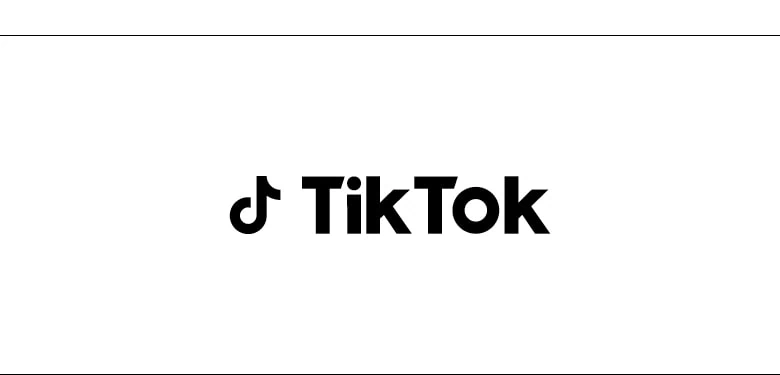
6. TIKTOK
Have you considered creating content and ads on TikTok? The platform has over 3 million active monthly users in Canada—over 70% of them under the age of 40. By some estimates, advertising on TikTok reached 36% of all Canadians. Here are some highlights that make the platform attractive to advertisers and businesses:
New: Keyword Insights tool
You can now get insights on how certain keywords are performing across the app. This new tool combs through keywords and phrases used in ad captions, voiceover scripts and ad text overlays, and gives you information such as its popularity, clickthrough rate, conversion rate, cost per action, and metrics such as impressions, view rate, likes, comments, shares, etc. Clicking through to the “Details” section gives you further insights with examples and where the keyword is most used. Check it out here.
Cookie-less ads analytics
TikTok is coming to terms with the increasing online data privacy push and the global move away from the use of third-party cookies, with new features that measure analytics and online behaviours. X-Stack Connect, its new measurement platform, can build customer profiles around events such as website visits, logins and form-entry information. Learn more.
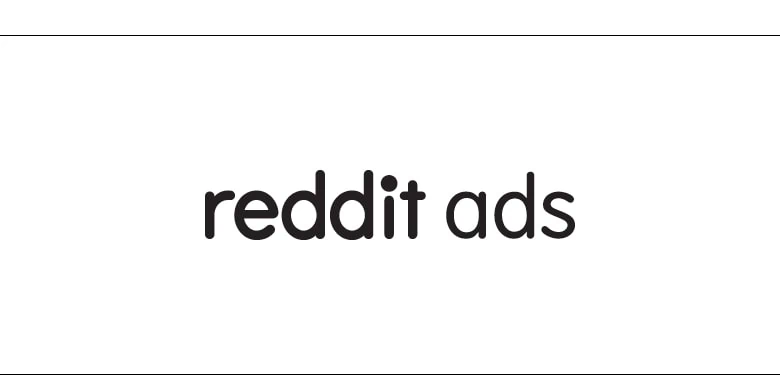
7. REDDIT ADS
Despite our relatively small population size, Canadians take up the third spot in number of users of Reddit, the popular forum-like platform.
To make it easier for advertisers to tap into these audiences, the company has introduced a three-step process to create Reddit Ads. A more user-friendly and time-efficient ad creation process (similar to Google Ads and Meta), this has been live since March 2023. All you have to do in the “Simple Create” option is upload your creative, provide headline and links, select a call to action, set your targeting and budget, and then select a payment method. Check it out here.